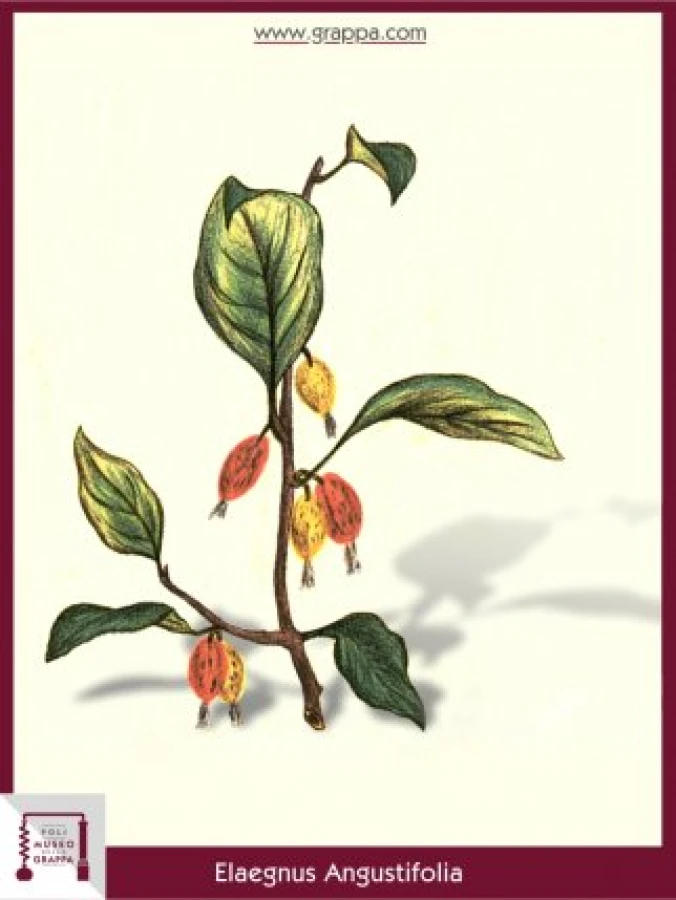Holy oil
Russian Olive
Holy oil
Plant:
Russian Olive
Plant Part:
flower
Plant Properties:
expectorant, nerve-strengthening, anti-catarrh
Description:
Originally from the distant Himalayas the oleaster (Elaegnus angustifolia) arrived only recently in our regions and became immediately almost a weed.
The name "olive" or "oleaster" was attributed to the plant even in ancient times because its fruits, both in form and in content, were reminiscent of olives. In fact, the so-called holy oil in Jordan was obtained of these fruits.
In Bohemia, however, where the plant grew luxuriantly and was also there almost a weed, the flowers were used for a sweet liqueur.
Both the flowers and the fruits can be used for flavoring a Grappa.
Ingredients:
- a couple of handfuls of Olivastro flowers
- 1 liter of Grappa
- 4 tablespoons sugar syrup
- 300 g of Olivastro fruits
- 1 liter of Grappa
- some sugar
Preparation:
The flowers are picked in spring (a few handfuls) and left to macerate in a liter of Grappa with four tablespoons of sugar syrup.
The fruits instead (about 300 g) are picked in the fall, they are crushed with the kernels and left to macerate in the sun with some sugar.
For both of them the maceration will last three months and the maturation eight months. The Grappa of the flowers will have a pale yellow color and a honey flavor, while the one of the fruits will have a green-pink color and a spicy flavor.


